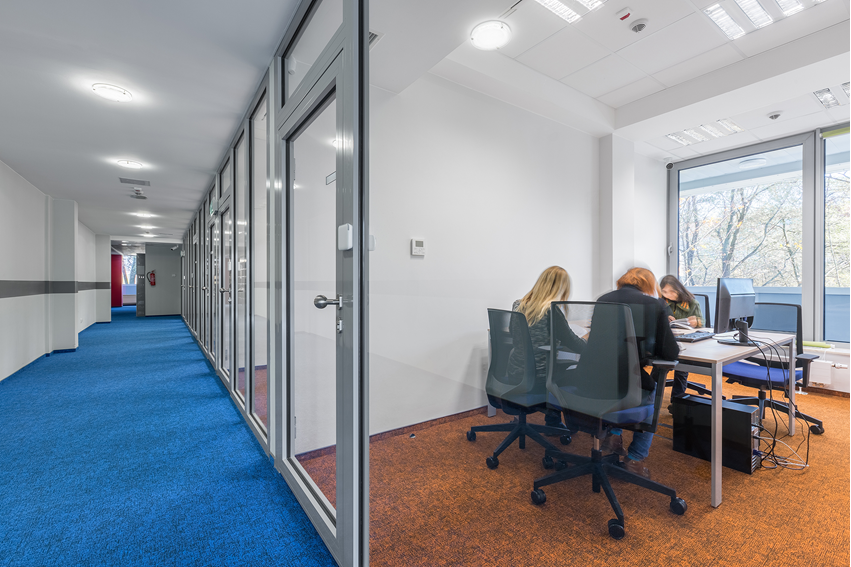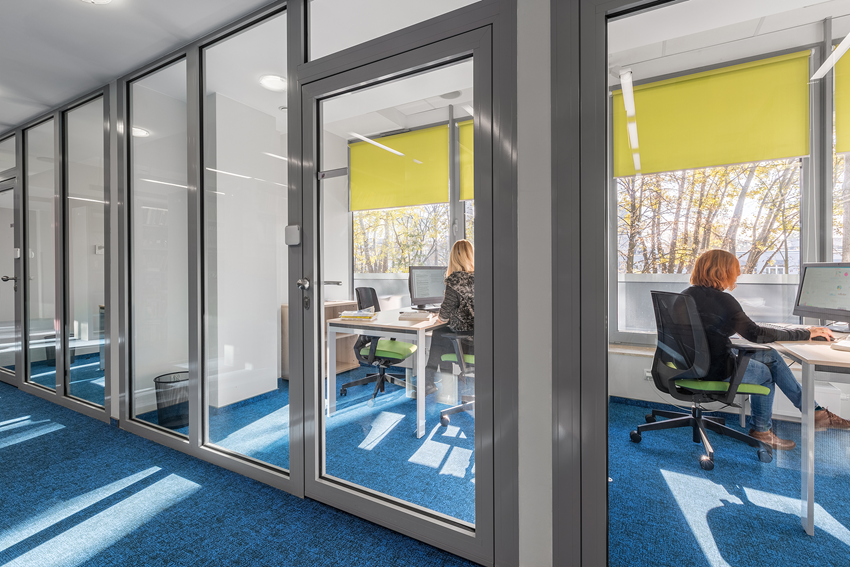We’ve seen it time and time again – cramped cubicles, dingy lighting, and poor space usage. Outdated office environments can hinder work performance, which is why many office and facility managers opt for major interior renovations. In the past, drywall was the single solution to divide spaces into useable work zones.
However, over the last few years, businesses have become more interested in sustainability, return on investment, and flexibility within the workplace. This explains why demountable walls have become more popular than traditional drywall solutions.
Benefits of Using Demountable Walls Instead of Drywall

Demountable walls have several advantages over drywall construction. The main benefits include:
- Creation of functional interior office space
- Faster construction and installation times
- Increased acoustic and visual privacy
- Modular flexibility for reuse and reconfiguration even after the project is complete
- Increased sustainability
- Cost depreciates more quickly than drywall to offer a faster return on investment
And there’s one other unique benefit to using demountable walls: the design options. Demountable walls are completely customizable when it comes to materials, finishes, and hardware.
Aesthetic Design Options with Demountable Walls

Here are just a few of the aesthetic design options available with demountable walls:
- Profile Shapes: There is a wide variety of profiles including rectangular, curved, and butt glazed. And while profiles are usually aluminum, the steel systems in demountable walls are more durable and environmentally friendly.
- Doors and Hardware: Doors can be pivoting, hinged, sliding, or telescoping, and they come in wood, glass, or laminate. In addition to standard hardware, most manufacturers can accommodate custom hardware as well.
- Finish Options: Finishes include wood, laminate, fabric, paint, or glass. A frosty film can also be applied to increase privacy within the enclosed space. Additionally, sourcing local glass will make for a better, more sustainable wall.
If you’d like to learn more about demountable walls, download our guide.



